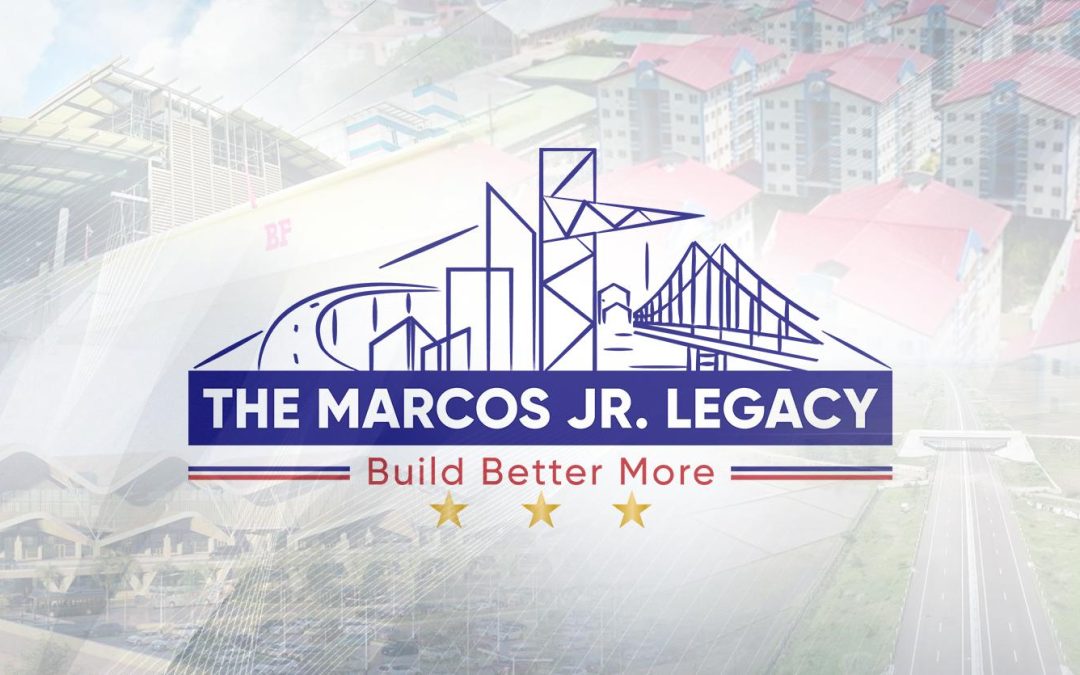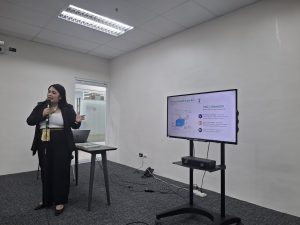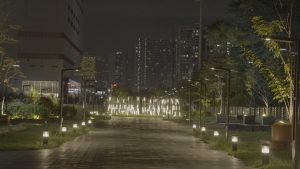Mindanao, the southernmost main island in the Philippines, possesses abundant natural resources and a vibrant cultural diversity. However, it has also long been burdened by conflict and instability, stemming from historical grievances, socio-economic disparities, and the presence of armed groups. These conflicts have hindered development, displaced communities, and limited access to essential services in many areas.
Recognizing the urgent need to address these challenges and foster lasting peace, the Philippine government, in partnership with the Japan International Cooperation Agency (JICA), embarked on the Road Network Development Project in Conflict-Affected Areas in Mindanao (RNDP-CAAM). This ambitious initiative aims to build and improve roads in conflict-affected areas, paving the way for economic growth, social inclusion, and sustainable peace.
The RNDP-CAAM Project
The RNDP-CAAM focuses on developing, constructing, and improving access roads to arterial roads linking major cities in Mindanao. This involves road construction and improvement which includes building new roads and upgrading existing ones to all-weather standards, ensuring year-round accessibility.
The project also involves bridge construction to overcome geographical barriers and connect communities separated by rivers and ravines.
Among the projects included in the road network include the reconstruction of the 18.92-kilometer Marawi Transcentral Road Phase III, which covers 13 road sections. This project under JICA has been completed.
Some projects under the project are still ongoing including the 13.9-kilometer Matanog-Barira-Alamada-Libungan Road and the 63-kilometer Tapian-Lebak Coastal Road.
Other national government projects in BARMM include three bridges in Tawi-Tawi: the Nalil-Sikkiat Bridge, which is a 0.54-kilometer project; the 0.56-kilometer Tongsinah-Paniogan Bridge, and the 0.68-kilometer Lamassa-Lupa Bridge. These bridges are funded by a loan secured from the Asian Development Bank.
Also, other ongoing construction projects under the program are the Patikul-Jolo-Indanan Coastal Bypass Road, which is a 4.7-kilometer diversion road from Gansdasuli Road in Barangay Mauboh, Patikul, to Umbul Dua Road in Indanan, as well as the 167-kilometer Sulu Circumferential Road.
The entirety of the project was conceptualized and underwent feasibility studies in 2017. Many portions are still under construction and are expected to be finished by 2028.
Why RNDP-CAAM Is Essential in Mindanao
With the long struggles that Mindanao faced in terms of peace, the region’s development was stalled. The RNDP-CAAM Project aims to foster ‘Connectivity for Peace’ since improved road networks facilitate the movement of people, goods, and services, connecting isolated communities to markets, schools, and healthcare facilities. This increased access promotes economic opportunities, reduces poverty, and strengthens social cohesion, contributing to a more stable and peaceful environment.
It is also essential in ‘Breaking Down Barriers’ as roads transcend physical boundaries, bridging divides between communities and fostering dialogue and understanding. By improving accessibility, RNDP-CAAM aims to break down barriers and promote reconciliation in conflict-affected areas.
It is also vital in strengthening the foundation for development since infrastructure development is a cornerstone of economic growth and social progress. RNDP-CAAM lays the foundation for sustainable development by providing access to essential services, attracting investments, and creating employment opportunities in conflict-affected areas.
Furthermore, it will enhance security as improved road networks enable better access for security forces, facilitating the delivery of humanitarian aid and promoting stability in conflict-prone areas.
Socio-Economic Impact
RNDP-CAAM is expected to yield significant socio-economic benefits for conflict-affected areas in Mindanao:
It is expected to reduce poverty. Improved access to markets and economic opportunities will enable farmers, businesses, and communities to increase their income and improve their livelihoods.
The project will enhance access to services. Better roads will facilitate access to education, healthcare, and other essential services, improving the quality of life for residents.
Additionally, it will increase trade and investment: enhanced connectivity will attract investments, promote trade, and stimulate economic growth in the region.
The construction and maintenance of roads will also generate employment opportunities for local communities.
RNDP-CAAM will likewise foster social cohesion as improved infrastructure will foster greater interaction and cooperation between communities, contributing to peacebuilding.
These impacts are confirmed by the DPWH. According to DPWH Senior Undersecretary Emil Sadain, who is also the spokesman for the project, this initiative is part of the national government’s effort to establish better connectivity, stimulate economic growth, and provide better livelihood opportunities in BARMM.
“This is a golden opportunity for economic development in the Bangsamoro Region. The Build Better More program will help realize our goals for economic progress and transformation,” he said.
For Mindanaoans, especially for those caught in the long-armed conflict within the area, this development is a welcome initiative that hopefully will facilitate the building of a peaceful and progressive region.
“More road networks means more opportunities for our people. And we hope this could be the start of achieving a lasting peace so we could finally live our life without worrying about conflicts and also we can look for much better opportunities for our families,” said a local businessman in Patikul, Sulu.
He added, “Our community has been lagging behind because of so many struggles. We wish that this development will continue and reach especially those secluded areas so they could also have road networks for their accessibility to town centers. That will help especially farmers and entrepreneurs.”
The Road Ahead
The Road Network Development Project in Conflict-Affected Areas in Mindanao (RNDP-CAAM) represents a crucial step toward achieving lasting peace and sustainable development in the region. By improving connectivity, promoting economic opportunities, and enhancing access to essential services, this project is paving the way for a brighter future for the people of Mindanao. Through continued collaboration and commitment, RNDP-CAAM can serve as a model for infrastructure-led peacebuilding and development in other conflict-affected areas around the world.
The entirety of the project is expected to be completed before the end of President Ferdinand R. Marcos Jr.’s term in 2028. The development of conflict-stricken areas in Mindanao, and of the entire island is among the priority projects of the present administration under the National Development Plan and through the Build Better More framework. (PTV)



